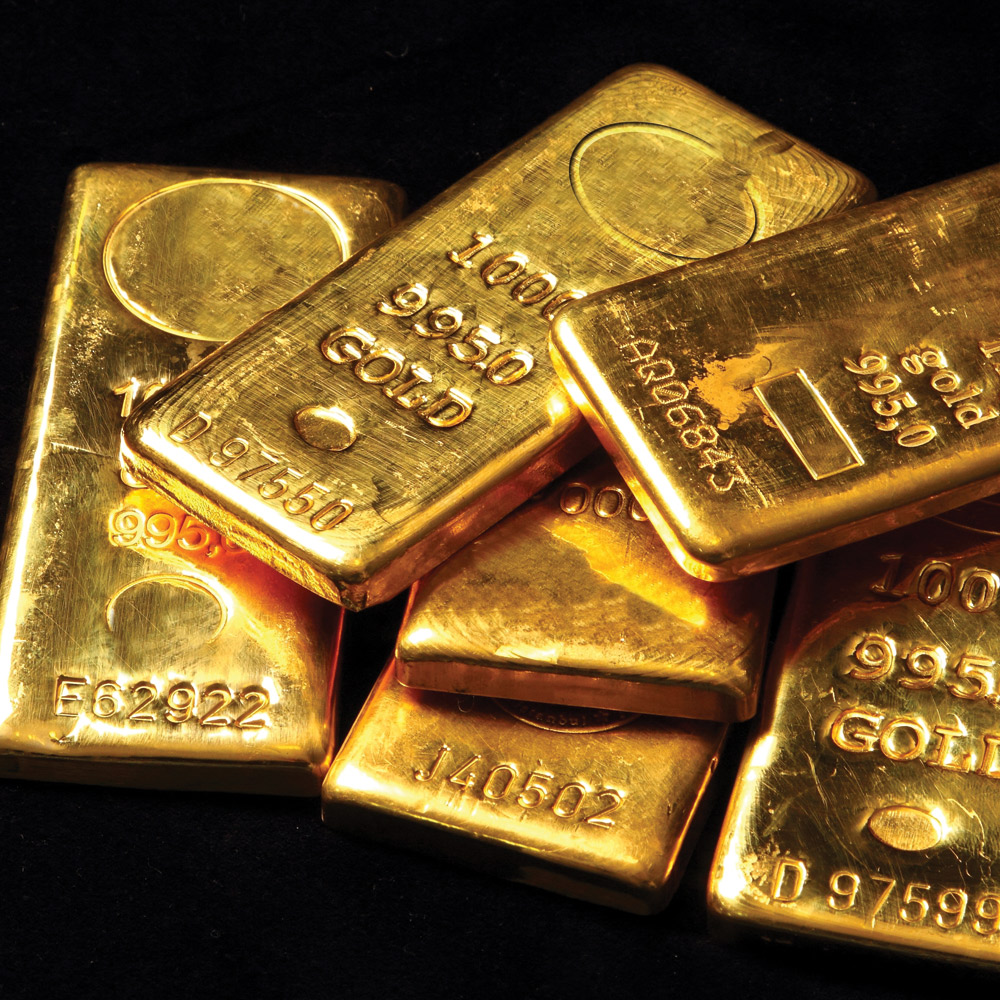
The world of precious metals, specifically gold, has always been a dance of values, an intricate tango of supply, demand, and global forces that shapes the fate of this coveted metal. Gold, often dubbed the “safe-haven asset,” has been a symbol of wealth for millennia, and its prices have shown a historical pattern of fluctuation. However, what’s fascinating is how these shifts in value can be influenced by factors from every corner of the globe. Let’s delve into the intriguing interplay of gold prices, the increasing strength of the US dollar, and China’s gold stockpile – a dance of global significance.
The Nature of Gold Prices
To understand gold’s journey in the market, one must recognize its history of price fluctuation. Gold, like any other commodity, is subject to the fundamental principles of supply and demand. Its price isn’t immune to the ebb and flow of global markets, economic stability, and geopolitical happenings.
The price of gold isn’t a fixed point; it changes as economic and political events unfold. Historically, the prices of gold and silver have often responded to shifts in global conditions and financial markets. Whether it’s the fear of inflation, the volatility of stock markets, or the confidence in fiat currencies, these elements can push gold prices up or down.
The Price of Gold Today and Global Factors
As we fast forward to today, the price of gold remains highly sensitive to global factors. The value of the US dollar, being a world reserve currency, often has an inverse relationship with gold. When the dollar rises, gold prices can fall, and when the dollar weakens, gold often shines.
In recent times, the US dollar has been on a strong upward trajectory, which can, at times, exert downward pressure on gold prices. Economic indicators and the Federal Reserve’s monetary policies play a pivotal role in the dollar’s value. Moreover, concerns over inflation, spurred by increased government spending and stimulus packages, can also influence gold prices as investors turn to the metal as a hedge against the declining value of fiat currencies.
Why is China so Heavily Involved in Gold Prices Today
Amidst this intricate dance, China has been making strategic moves that could affect the future of gold. China’s central bank has been consistently adding to its gold reserves. In October alone, China’s stockpiles of gold, reported by the People’s Bank of China, rose by about 740,000 troy ounces in October, according to official data released Tuesday. That’s equivalent to about 23 tons, and takes total holdings to 2,215 tons. This accumulation serves multiple purposes, including hedging against economic uncertainties, diversifying its foreign exchange reserves, and bolstering its strategic position in the global economy.
China’s continuous interest in gold holds implications for the metal’s future. A robust demand for gold can drive its price upward, potentially countering the downward pressure exerted by the strengthening US dollar. While gold prices will always experience fluctuations, China’s active role in the gold market may signify a brighter future for this timeless metal.
In the grand scheme of the global economy, gold remains a stalwart, and its enduring appeal endures. As the dance of gold prices continues to captivate the world, factors such as China’s gold stockpile will keep influencing the rhythm, offering investors a compelling reason to keep their eyes on this precious metal.
Disclaimer: This blog post is for informational purposes only and should not be considered financial advice. Investors should conduct their own research and consult with financial professionals before making any investment decisions. Past performance is not indicative of future results.